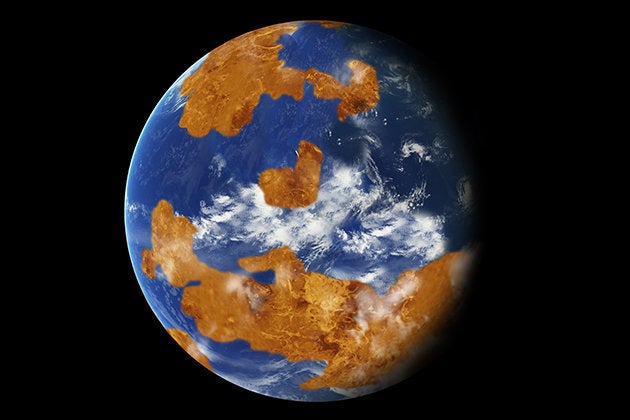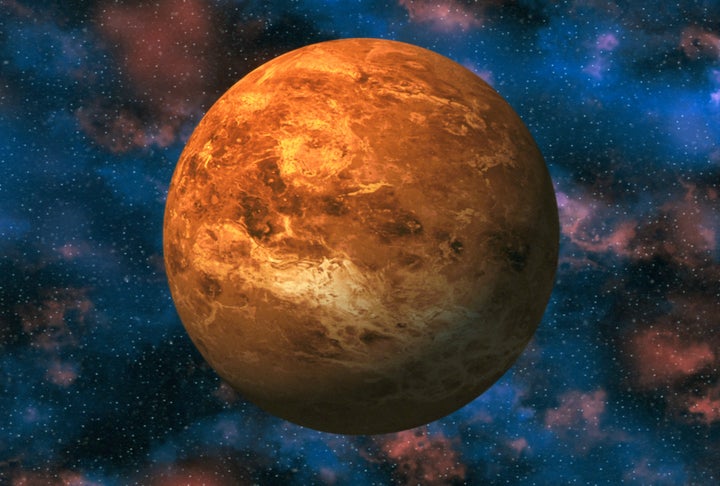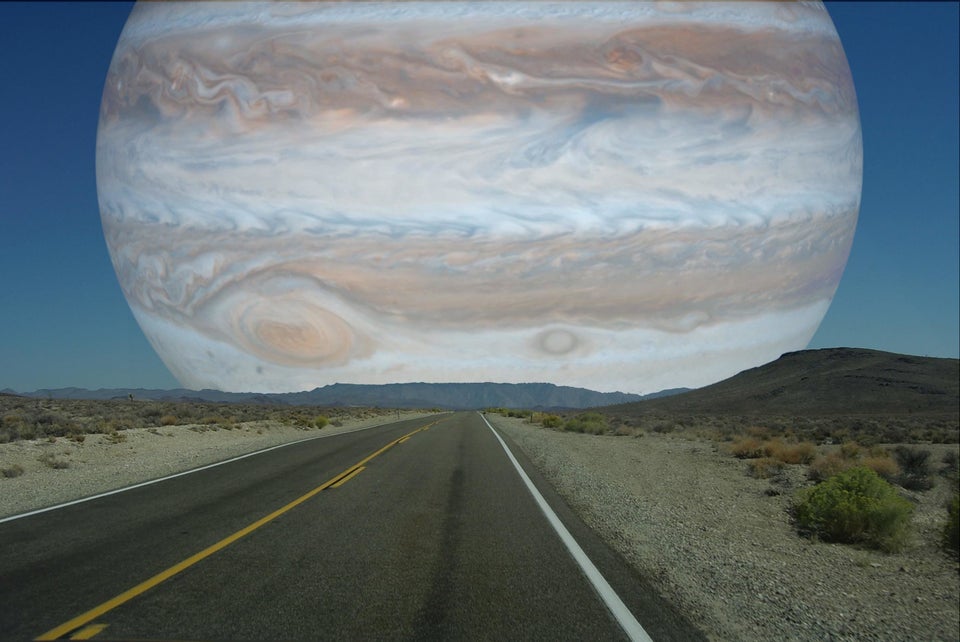
If humans had been around for the first two billion years of Venus’ existence, we could have lived there, say scientists.
New NASA climate modelling, done by NASA’s Goddard Institute for Space Studies, suggest that the planet Venus may have been habitable.
The research, which used the same computer-generated models as predictions for climate change on earth, indicate there was enough water to support life and sufficient land to reduce the planet’s sensitivity to sunlight.

Scientist Anthony Del Genio said: “In the model simulation Venus’ slow spin exposes its dayside to the sun for almost two months at a time. This warms the surface and produces rain that creates a thick layer of clouds, which acts like an umbrella to shield the surface from much of the solar heating.
“The result is mean climate temperatures that are actually a few degrees cooler than Earth’s today.”
The previous existence of a shallow liquid-water ocean and habitable surface temperature make the planet’s ancient climate a far cry from the Venus we know today.
SEE ALSO
Now Venus has a carbon dioxide atmosphere ninety times as thick as the Earth’s atmosphere and temperatures that reach 462 degrees (Celsius) on the surface.
Not forgetting there is almost no water vapour, due to the planet’s proximity to the sun and exposure to ultraviolet radiation, which has broken down all water-vapour molecules.
Not so appealing.
Previous studies showed that how fast a planet spins on its axis affects whether the climate is habitable or not – a day on Venus is the equivalent of 117 days on earth.

